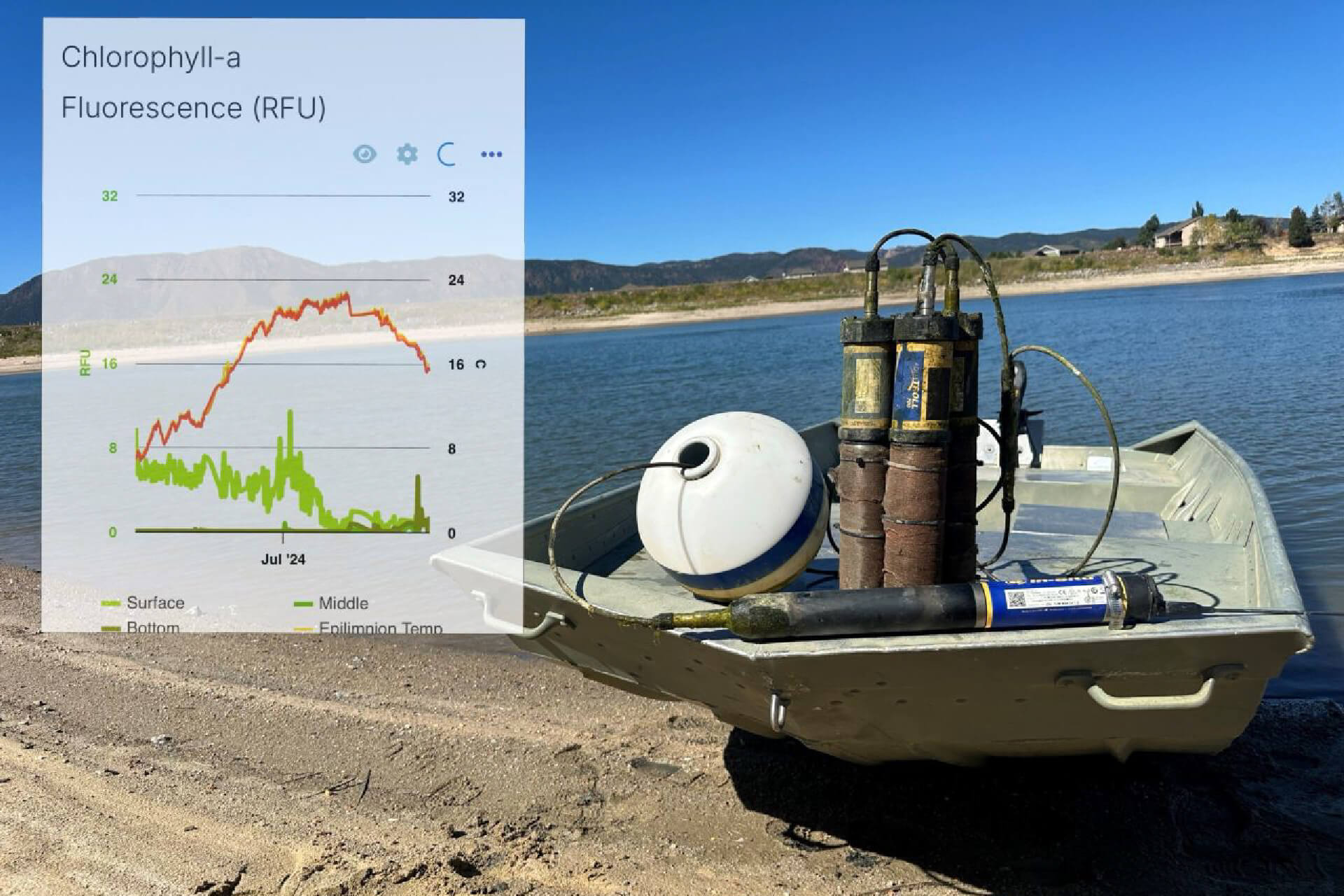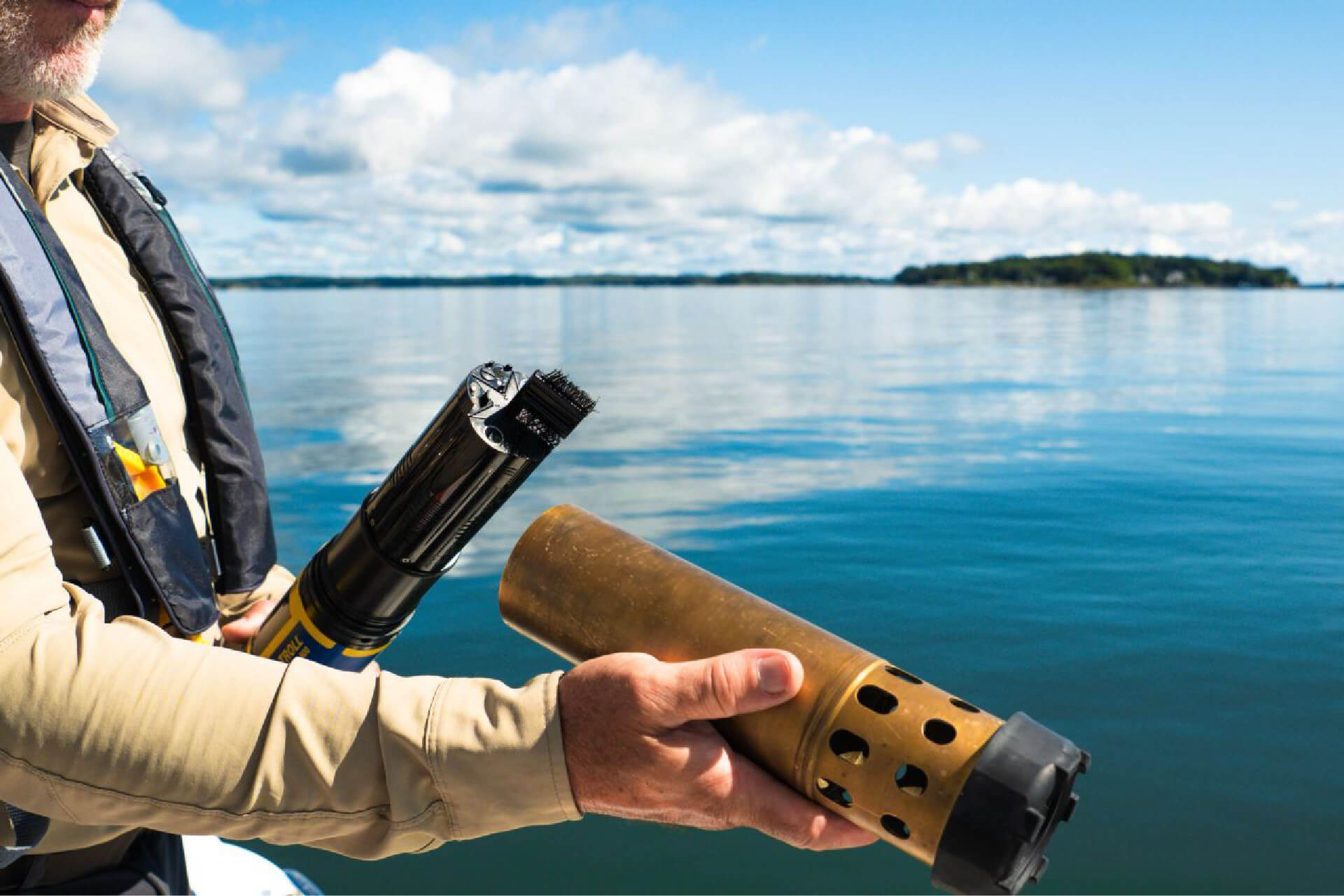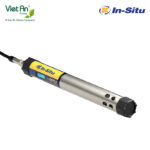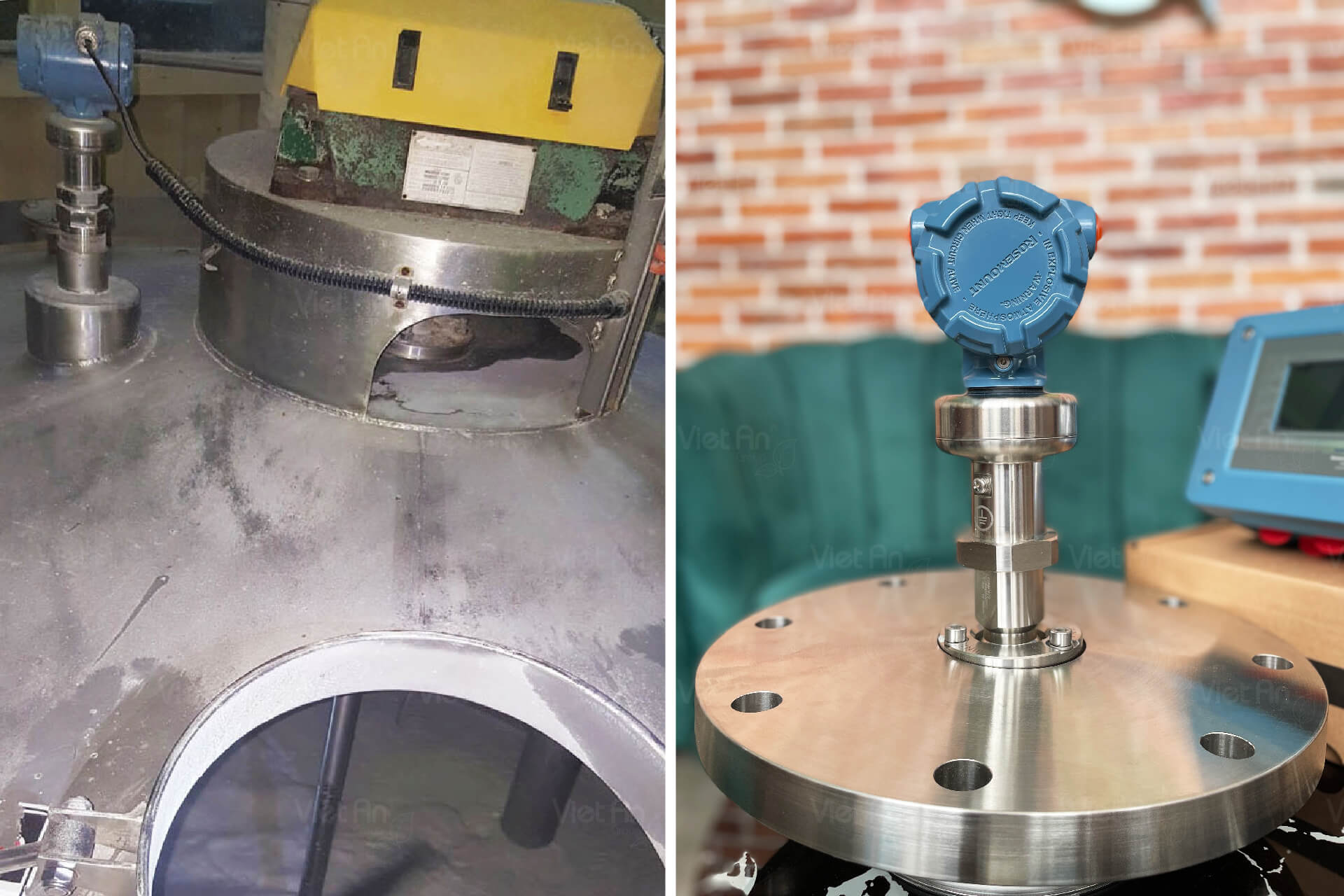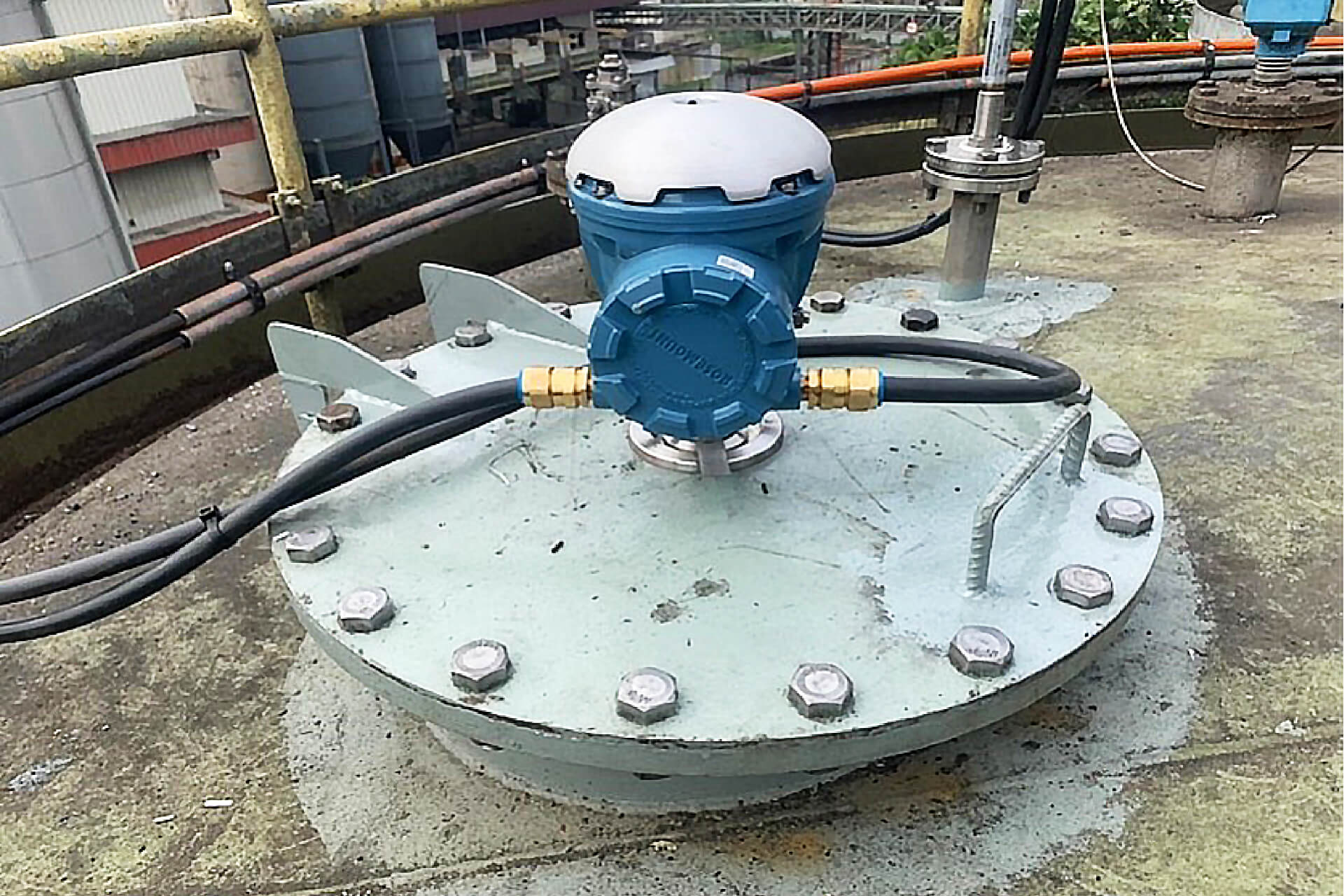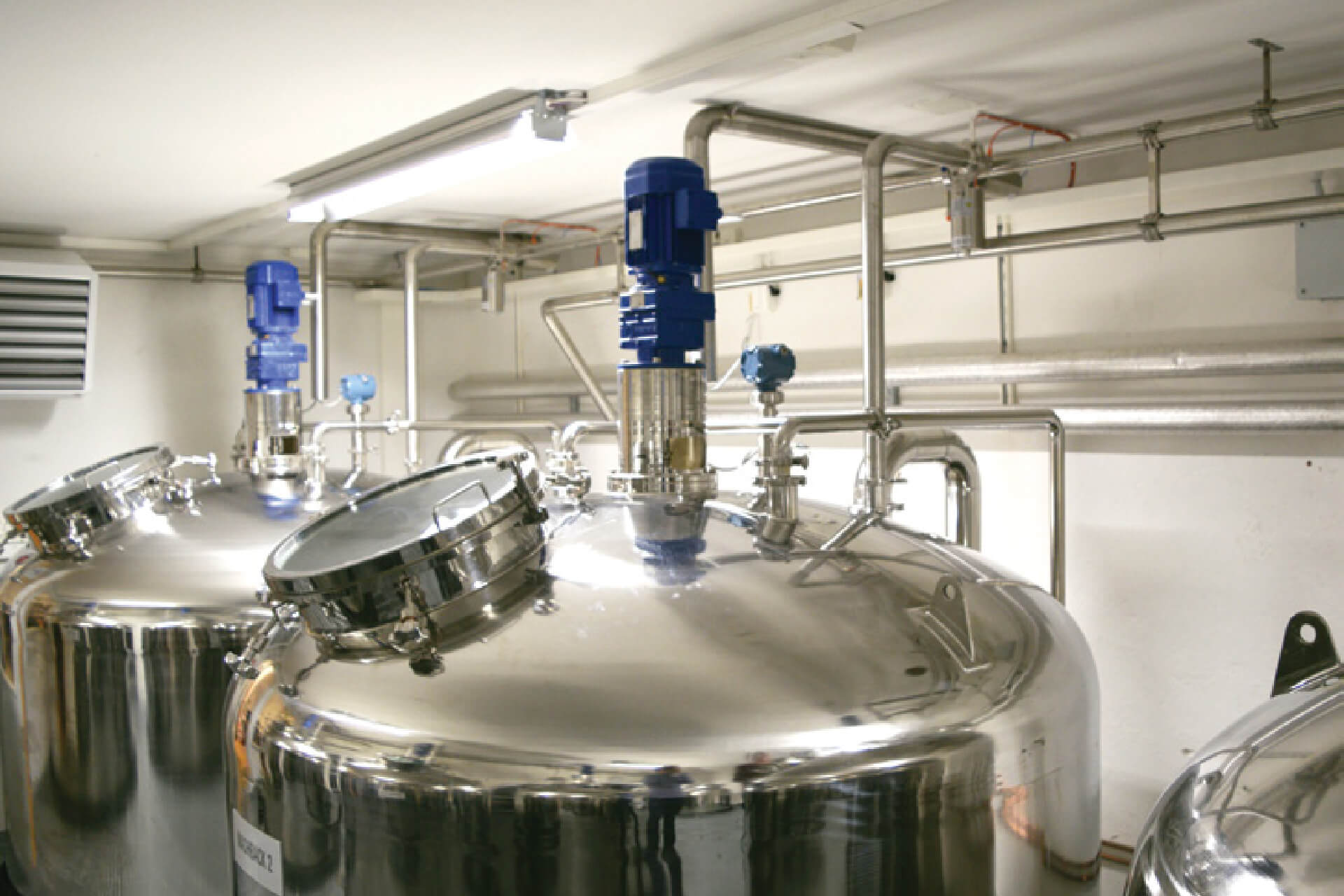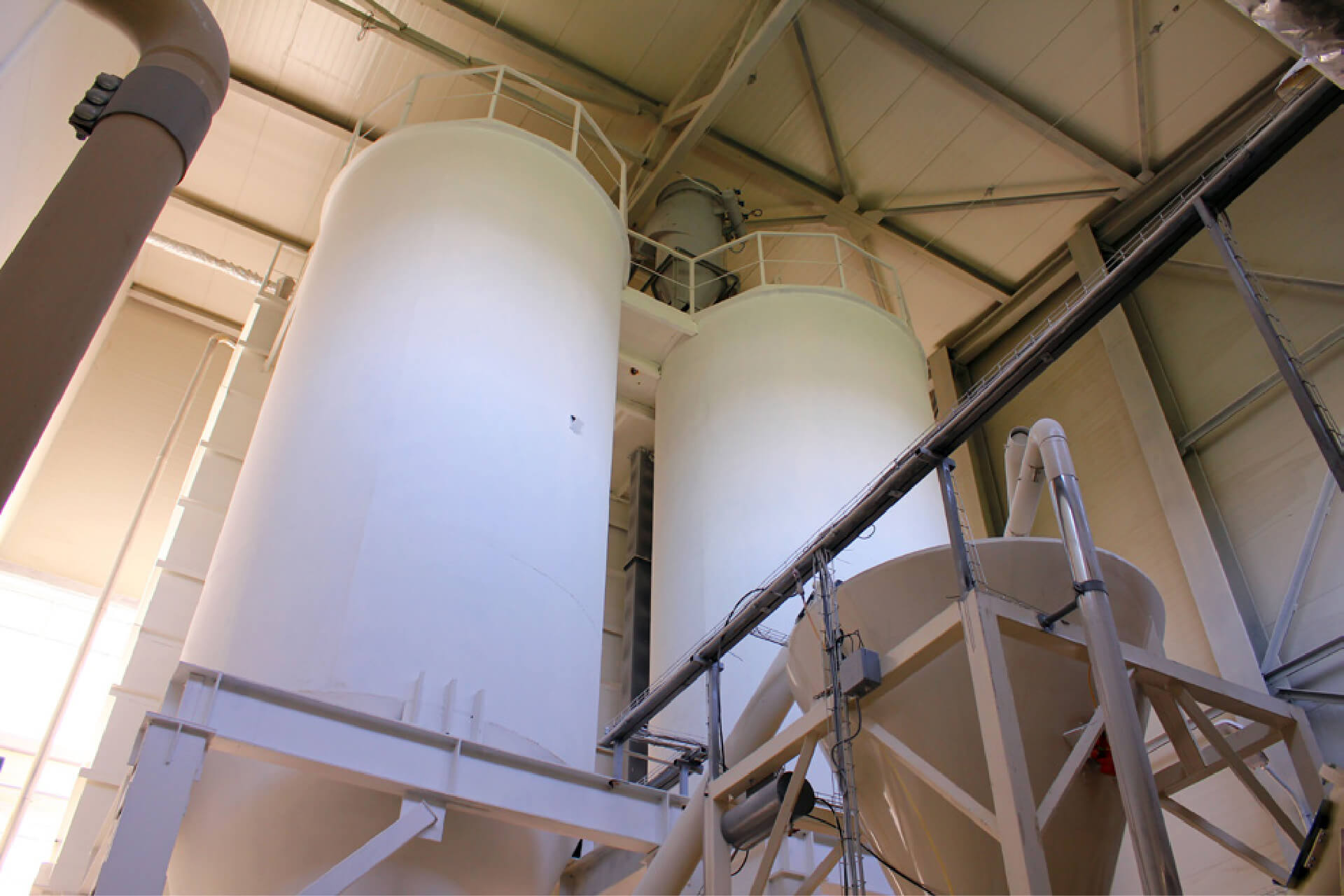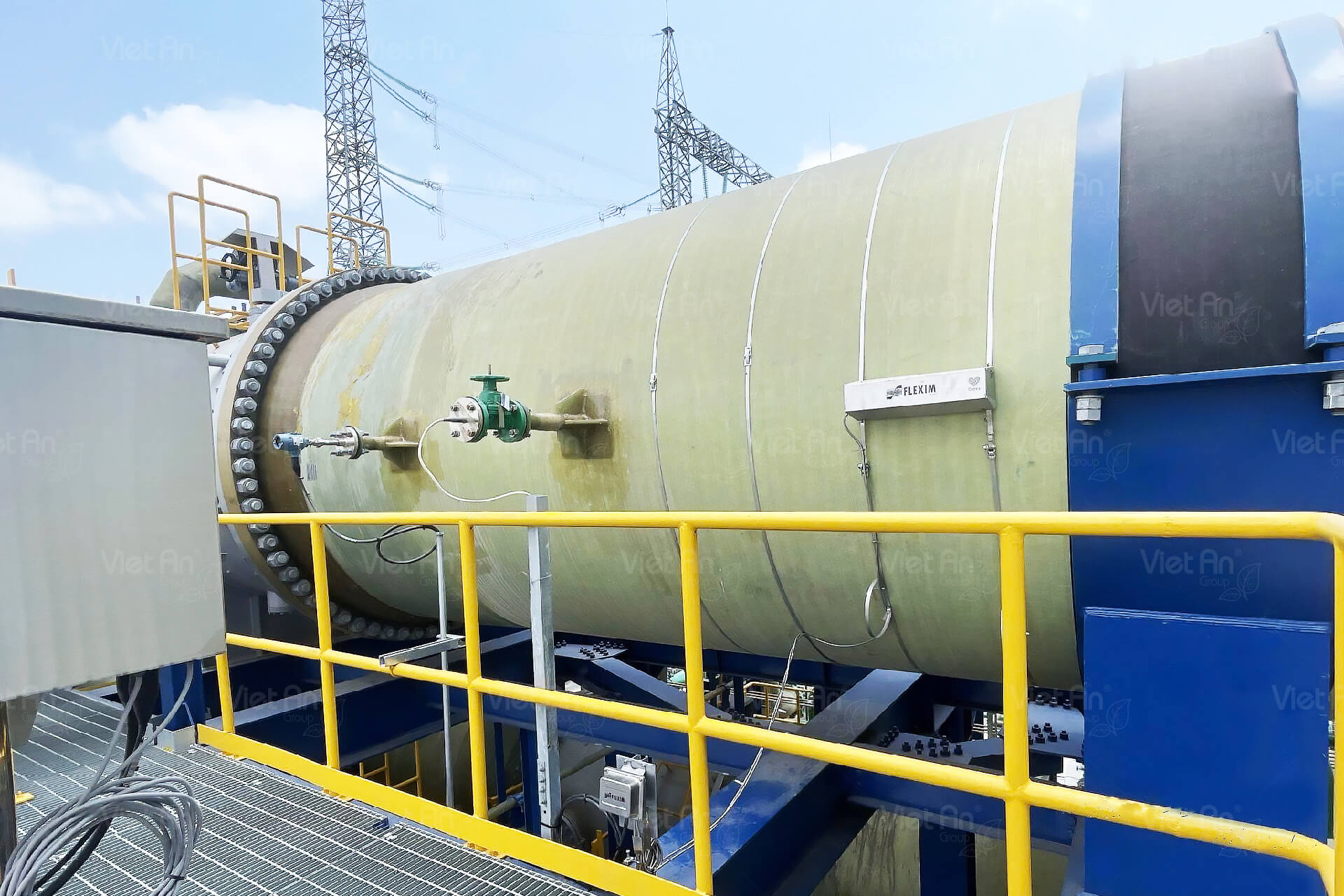Challenges in Water Source Monitoring
When harmful algal blooms (HABs) proliferate in a reservoir, water treatment plants may need to implement more intensive measures for water treatment and filtration. However, even after the water has been processed into potable water, taste and odor issues can persist.
Water treatment plants can circumvent these undesirable side effects of HABs by utilizing groundwater sources, but this approach is costly and can potentially deplete groundwater reserves over time.

A clean water utility in the Front Range region of Colorado sought a novel solution to this issue. As dissolved oxygen (DO) levels decrease due to environmental conditions within the reservoir, sediments release accumulated phosphorus, providing a fresh nutrient source for HABs and facilitating their increased growth.
The utility had been conducting bi-weekly water sampling at three different depths within the reservoir and submitting the samples to a laboratory for analysis. However, it typically took several weeks to receive the results.By the time the laboratory data was returned, the parameters representative of the sampling time had already changed.
To control HAB development, the water utility had installed a large-scale aeration system, a robust method for limiting HAB growth. However, with delayed analytical results and a lack of timely water quality information, the utility had to operate the system at 100% capacity to prevent dissolved oxygen (DO) depletion.This incurred significant operational costs for the plant.
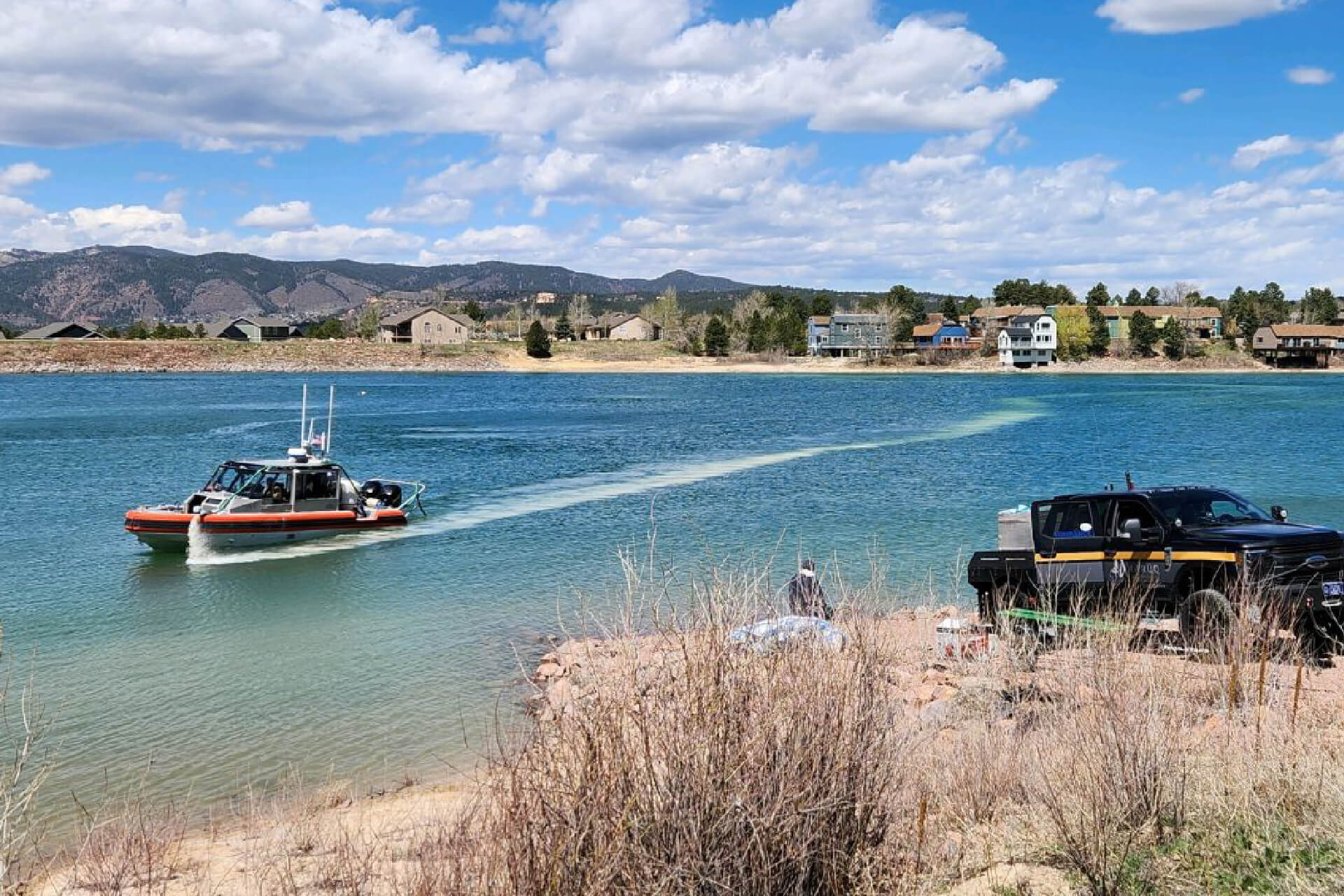
The Solution Emerges from IN-SITU
In 2023, the utility contacted Dr. Andrew Skibo from Amaruq Environmental Services regarding a continuous monitoring system. The hope was that continuous monitoring would assist them in managing algal growth and extending the usability of the reservoir through the summer and fall seasons.
Dr. Skibo installed three Aqua TROLL 500 sondes at three different depths within the reservoir. 1 These devices measured dissolved oxygen levels, temperature, chlorophyll a, and BGA-PC hourly.A VuLink telemetry system collected and transmitted the data to HydroVu daily.
"Every night, they had a much more comprehensive dataset than they had before, and the maintenance was virtually nil. With three AquaTROLL 500 connected to a VuLink, collecting data hourly and uploading every 24 hours, the battery life of the devices was over 90 days," Dr. Skibo reported.
Results from Continuous Harmful Algal Bloom (HAB) Monitoring
The results from continuous dissolved oxygen (DO) monitoring have enabled the utility to proactively manage water quality more effectively. Dr. Skibo and the company programmed alerts to notify them when DO levels began to decline. "The reservoir looked clear on the surface, but the sondes showed that at a depth of 6 meters, we had algal growth," Dr. Skibo stated. "How would you know that without continuous monitoring?"
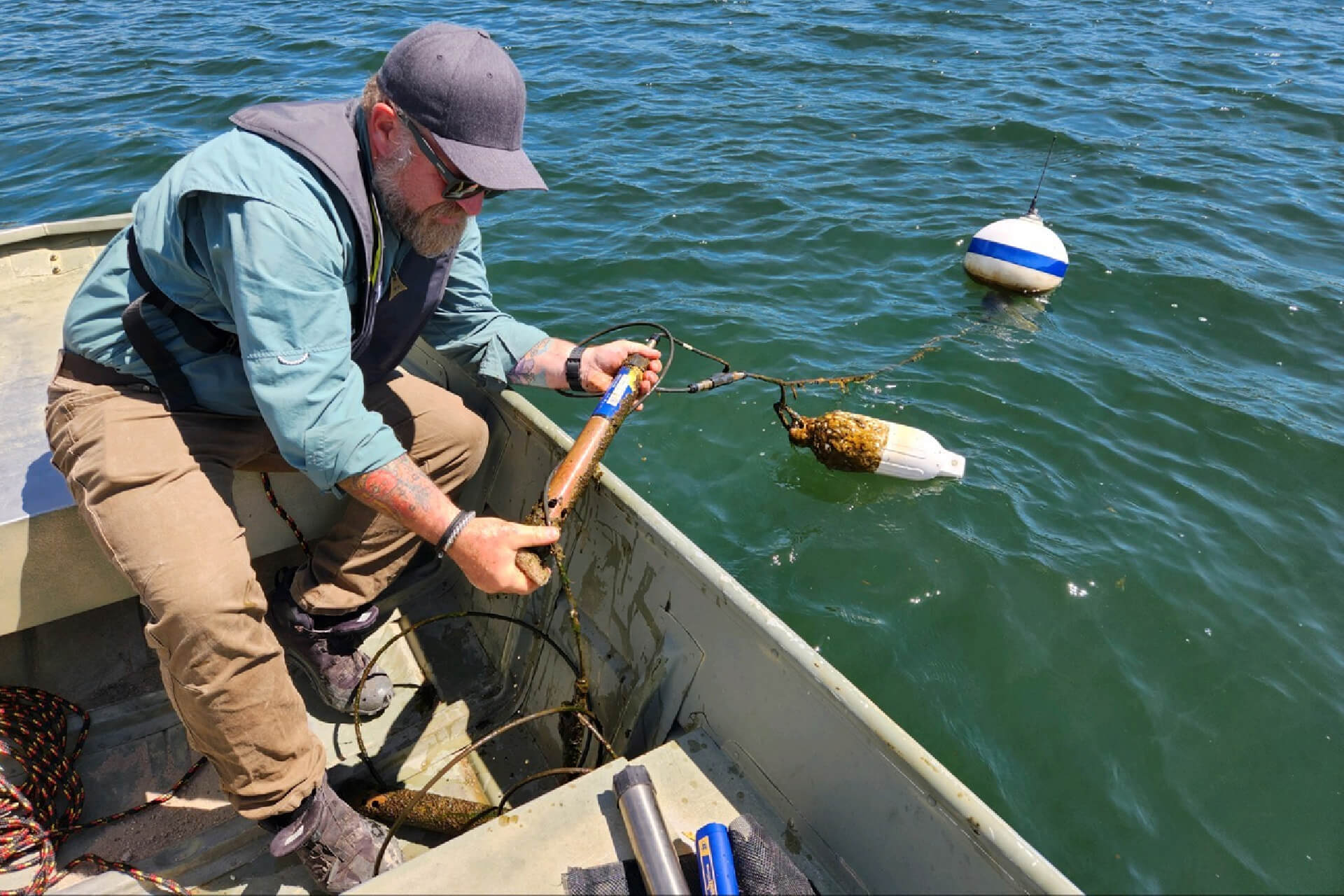
Based on the continuous data from 2023, the company implemented a phosphorus mitigation program in 2024. "We wanted to selectively target nutrient issues," Dr. Skibo stated. "2023 was the proof of concept: Could we monitor and proactively manage the reservoir? In 2024, we tested it and had good results."
Beyond HAB reduction, the continuous monitoring data has provided the utility with a better understanding of the raw water quality before treatment and enabled more effective management of treatment processes.
Furthermore, with timely data to control the aeration system, they can make more energy-efficient decisions. Thanks to specific DO alerts, they can run only a few aerators continuously and then activate additional aeration modules when alerts are triggered.
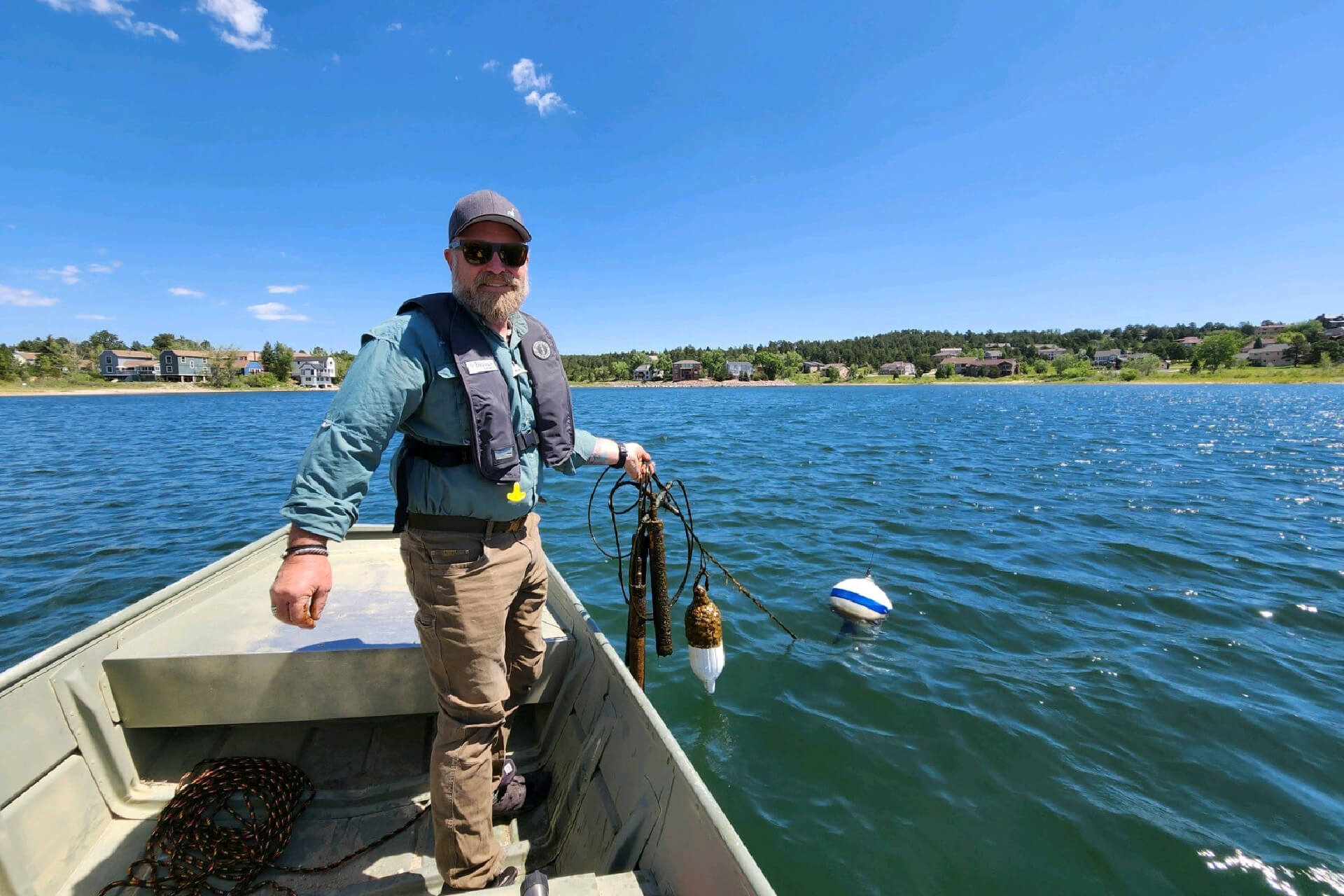
"This way, they can maintain sufficient oxygen levels to prevent harmful algal species from truly becoming a problem," Dr. Skibo explained, "and receiving immediate feedback on water quality has helped them save on operational costs."
"The client is very happy with the results," Dr. Skibo noted. In 2024, he expanded the parameters and the number of devices in the field, installing three additional Aqua TROLL 600 sondes to collect pH/ORP data.
"In-Situ's equipment has changed the way we operate," Dr. Skibo reported. He highly appreciates the ease of use. "Before In-Situ, getting data off handheld devices was cumbersome. With the VuSitu mobile app, everything is on my phone. I don't have to carry bulky equipment and can log in to view data from anywhere in the world, live."
